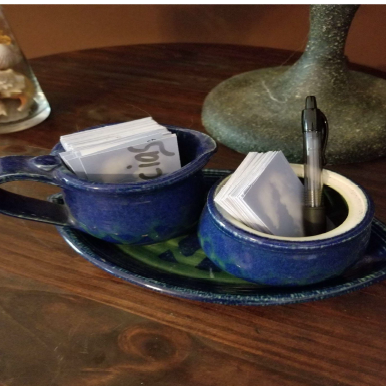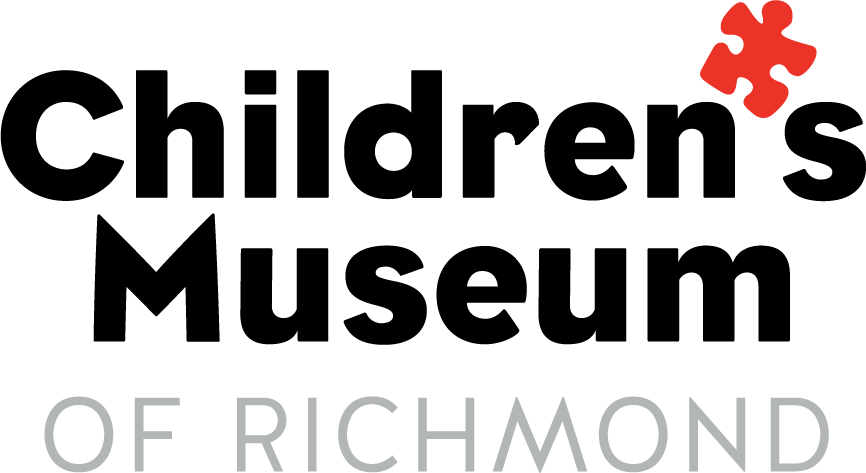Gratitude
One of The Basics Principles and definitely an important one is: MAXIMIZE LOVE, MANAGE STRESS. A great way to model this is by being grateful.
Published on August 12, 2021

CLICK HERE TO READ OUR BLOG IN SPANISH
By Ali Sullivan (Family Engagement Manager at CMoR)
One of The Basics Principles and definitely an important one is: MAXIMIZE LOVE, MANAGE STRESS. A great way to model this is by being grateful. But, how do you practice gratefulness and how do you pass it on to your children?
grat·i·tude
/ˈɡradəˌt(y)o͞od/
noun the quality of being thankful; readiness to show appreciation for and to return kindness.
Merriam Webster dictionary.
Gratitude is a way of approaching life and is something that can be practiced and modeled daily. How we chose to respond to the opportunities and challenges we face is something our children are watching and learning from. For example, instead of complaining about having to do the dishes or pick up the children’s shoes, why not think about being grateful because there are dishes to wash or shoes to protect our feet?
These concepts seem very simple, but did you know that gratitude affects the brain and nervous system? When we make an effort to see the glass as half full instead of half empty, the brain is in charge of creating new neural pathways leading to a state of intrinsic happiness!
An attitude of gratitude affects our mental and physical health, reducing stress, anxiety, and depression. Gratitude strengthens our immune system and connects us with others in a positive way. When we feel grateful and express it, we can be more productive in our work or study. If you want to know more about the science of gratitude and its physical, mental and spiritual benefits, go to https://positivepsychology.com/neuroscience-of-gratitude/
How to cultivate seeds of gratitude?
At home, we have the gratitude jug. We have two jars on the dining room table; one contains blank cards and a pen, the other contains the cards that we write daily. It was easy to make a habit because every time we sit in the dining room, we see them and remember to write. At the end of the year, if you are a family that celebrates the Christmas tradition with a tree, you can decorate it with all the cards! If you don’t celebrate the holidays with a tree, you can still think of creative ways to use the cards, like sitting in front of the fireplace on a cold winter night and reading them out loud to each other.
There are other better-known practices, such as keeping a gratitude journal on the nightstand and writing down three things you are grateful for at the end of the day. Another idea, if you don’t like journaling, is to have a “Grateful” chat with family or friends and send a photo or a phrase at the end of the day of things that you are grateful for.


How to transmit the feeling of gratitude and practice it with our children and at school?
Maximizing love! Hold, kiss, and cuddle your child every morning. Let her know how grateful you are for her presence in your life.
There are many ways to express gratitude! In one of the schools where I worked, we began the day by sharing the things we were grateful for at circle time; it was my favorite moment. We also made a Kindness Garden mural inspired by the Kindness Curriculum for Preschool Children by Richard Davinson, the Center for Healthy Minds founder at the University of Wisconsin.
This was a virtual activity that began during the pandemic last year. Parents sent their children’s responses via email, and I wrote them on a seed that turned into a beautiful flower. I am an enthusiast of community murals, ongoing projects in which each person contributes. In addition to being visually appealing, these murals are a frequent reminder of the things we value. You can try creating a small family billboard at home.


One last idea for home or school is a paper gratitude chain. Children can cut out strips of various colored papers large enough to loop together. Each loop can be added expressing gratitude for a member of the family or something that the children are grateful for. They are fun and very decorative and a reminder of being grateful. The practice of gratitude in the family fosters bonds of love and appreciation for the world around us.
Finally, remember the importance of music in the development of children. Singing and talking to your child are the most effective ways to internalize concepts. The Positive Psychology website puts it very well as follows:
“Music is a powerful tool for teaching children as it helps develop literacy and communication skills. It is no different when you think about teaching them about gratitude. There are many artists who try to use rhyme in their songs so that the theme is affordable for children. With the current state of many songs on the radio, the benefits of playing some uplifting tunes for your children could implant the concept of gratitude deep in their hearts and minds”. You can visit the Swinging Belles youtube song video here and dance with your child! https://youtu.be/zI5JybXJTEg
THANKSGIVING
By Amy Ludwig
Thank you for cats
Thank you for stars.
Thank you for chocolate.
Thank you for cars.
Thank you for baseball.
Thank you for books.
Thank you for firemen.
Thank you for cooks.
Thank you for family.
Thank you for kissing.
Thank you for everything
I must be missing.
The Children’s Museum of Richmond is so thankful for all the children and parents who are part of our family!
